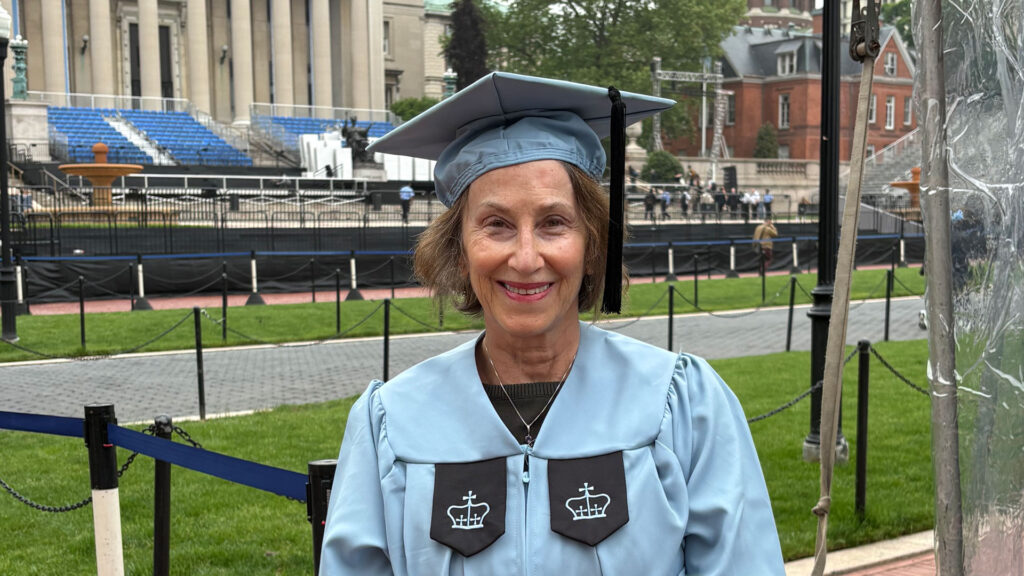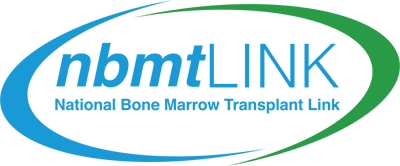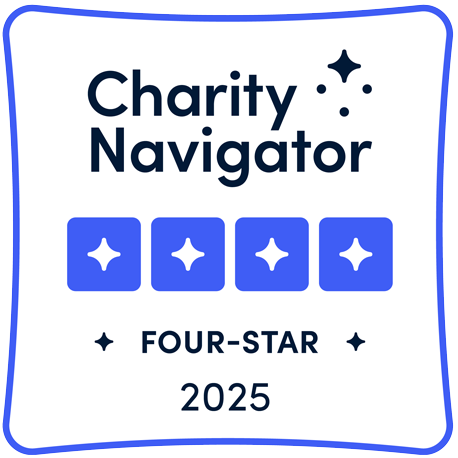BY JUDY FINE EDELSTEIN

Until I was 61 years old, I felt invincible, filled with gratitude for my family and working as a neurologist in a career that I loved. Then, the pandemic hit, and I became ill. After blood tests, I received a call asking me to proceed to the emergency department immediately. It was as if someone flipped a switch: my everyday life, suddenly, was transformed. I received a diagnosis of Acute Myeloid Leukemia (AML) and was gravely ill. I assumed I would never leave the hospital alive, based on what I had learned in medical school.
With “favorable” cytogenetics, I received consolidation and many cycles of induction chemotherapy, with months of hospitalizations, and complications over the first year of treatment. Nosebleeds, colitis, drug reactions, and systemic infections occurred, but I was in a deep remission. After months of recovery, I felt physically well, but I experienced almost debilitating relapse anxiety. However, I loved my work caring for patients and planned to return to work virtually.
Within days of this decision, my bloodwork indicated I had a relapse, and to survive, I required a stem cell transplant.
To achieve remission, I was treated with very aggressive salvage chemotherapy, which resulted in many complications: bacterial infections, severe oral mucositis which required intravenous nutrition and high-dose narcotics, and severe, constant nausea. One morning, I fainted in the bathroom and sustained a skull fracture. My face was so bruised that I appeared as if I had emerged from a boxing ring. This was the lowest point that I remember during this disease. Finally, I was in remission again and sent home to await my transplant.
Initially, both my children fought over who would get to be my donor! However, my team found me a superb unrelated donor who was an almost perfect match. I was readmitted two months later and received chemotherapy to ablate my marrow and infuse my new cells. This was a difficult month-long hospitalization with similar complications to the others.
The first months were very tough, and although my physical health improved over the next year, I experienced graft versus host disease (GVHD) of the skin and the gastrointestinal tract, and I slept many hours during the day. I had frequent visits with my transplant oncologist and with many other medical specialists. Physically, I felt weak and had many troubling symptoms. However, one of the more difficult issues has been the psychological impact of this disease.
I previously lived under the illusion that I was invulnerable. Now, after my AML diagnosis and a relapse, I live many days anticipating the worst. I have significant relapse anxiety, as well as a diagnosis of post-traumatic stress disorder (PTSD), related to the brutal and prolonged hospitalizations. As a physician, I previously felt at home in an acute hospital setting. Now, I fear being in the hospital. Where I was once fearless, I now find that I avoid many things that stir up troublesome feelings. I am, however, making progress. I have a great clinical social worker/counseling therapist and a cognitive behavioral therapy (CBT) psychologist I see. I meditate, cook, take chess and cello lessons, read and take my dog on long walks.
When I realized I could not return to clinical medicine, I enrolled in a master’s degree program in bioethics at Columbia University. Last month, I graduated! I will now be teaching bioethics and neurology. I have also taken on the volunteer role of co-chair of Dana-Farber’s Patient and Family Advisory Council. This position allows me to give back to clinicians and an institution that saved my life. Fifteen months after my transplant, I contacted my donor, who is now part of my family. We Zoom every month, and I am hoping he will be able to visit us in the U.S. this year.
In some ways, I am the same “Judy”, while in other ways, I am changed: challenged, but thriving, and filled with gratitude. I am reminded of Leonard Cohen’s words, that resonate with imperfection and hope: “Ring the bells that still can ring / Forget your perfect offering / There is a crack in everything / That’s how the light gets in.”










